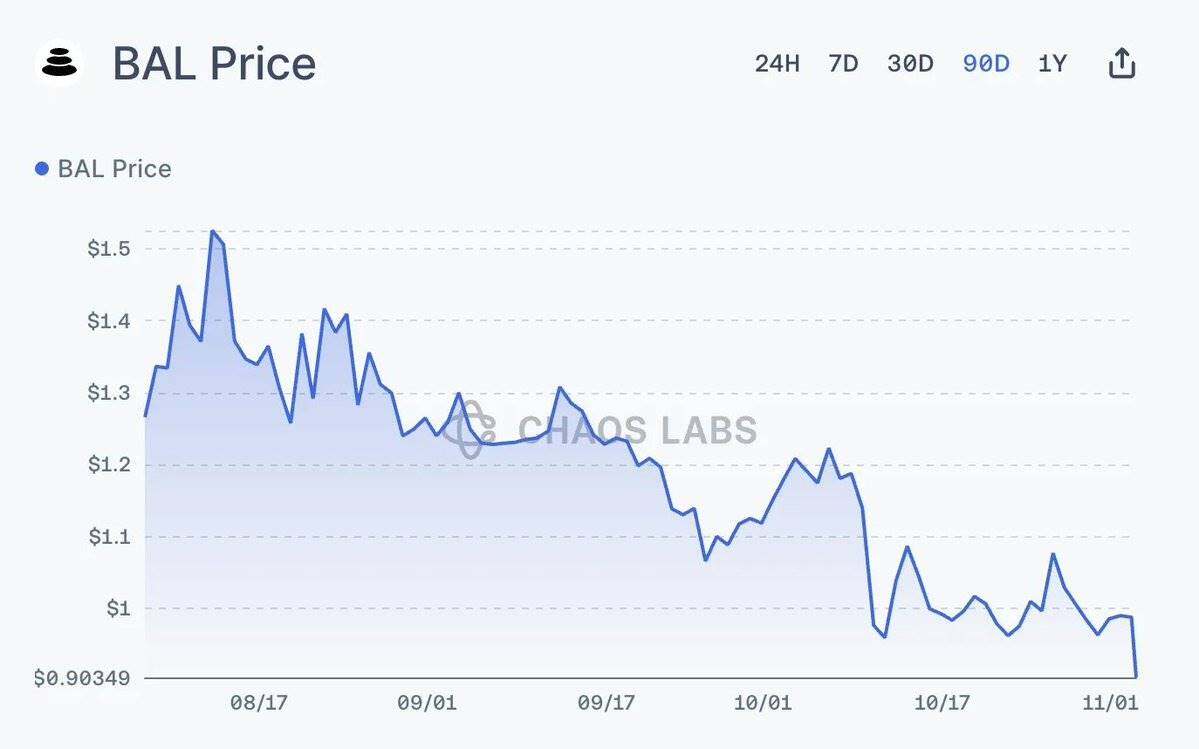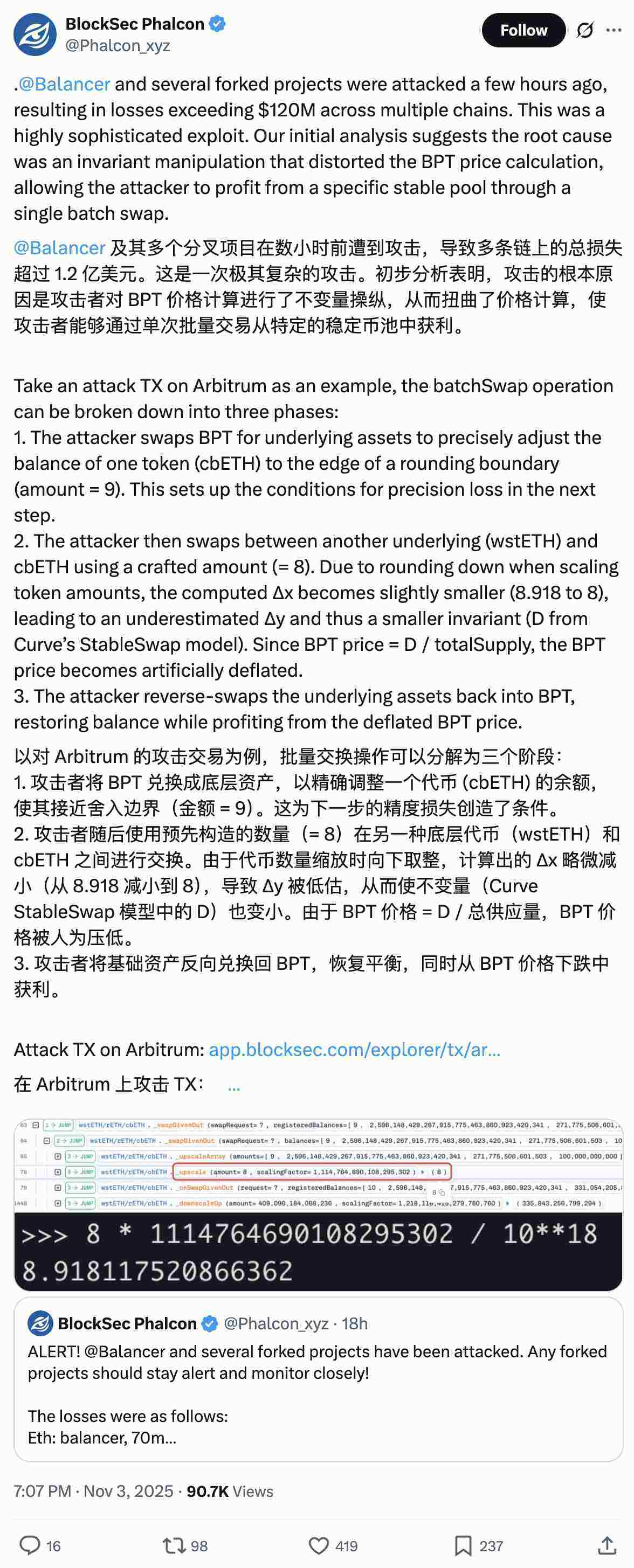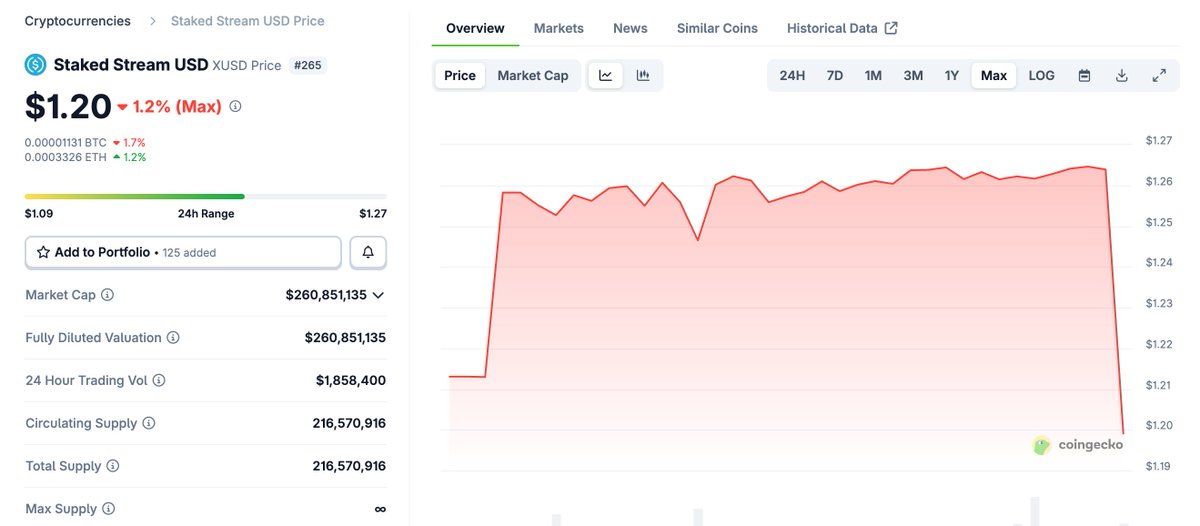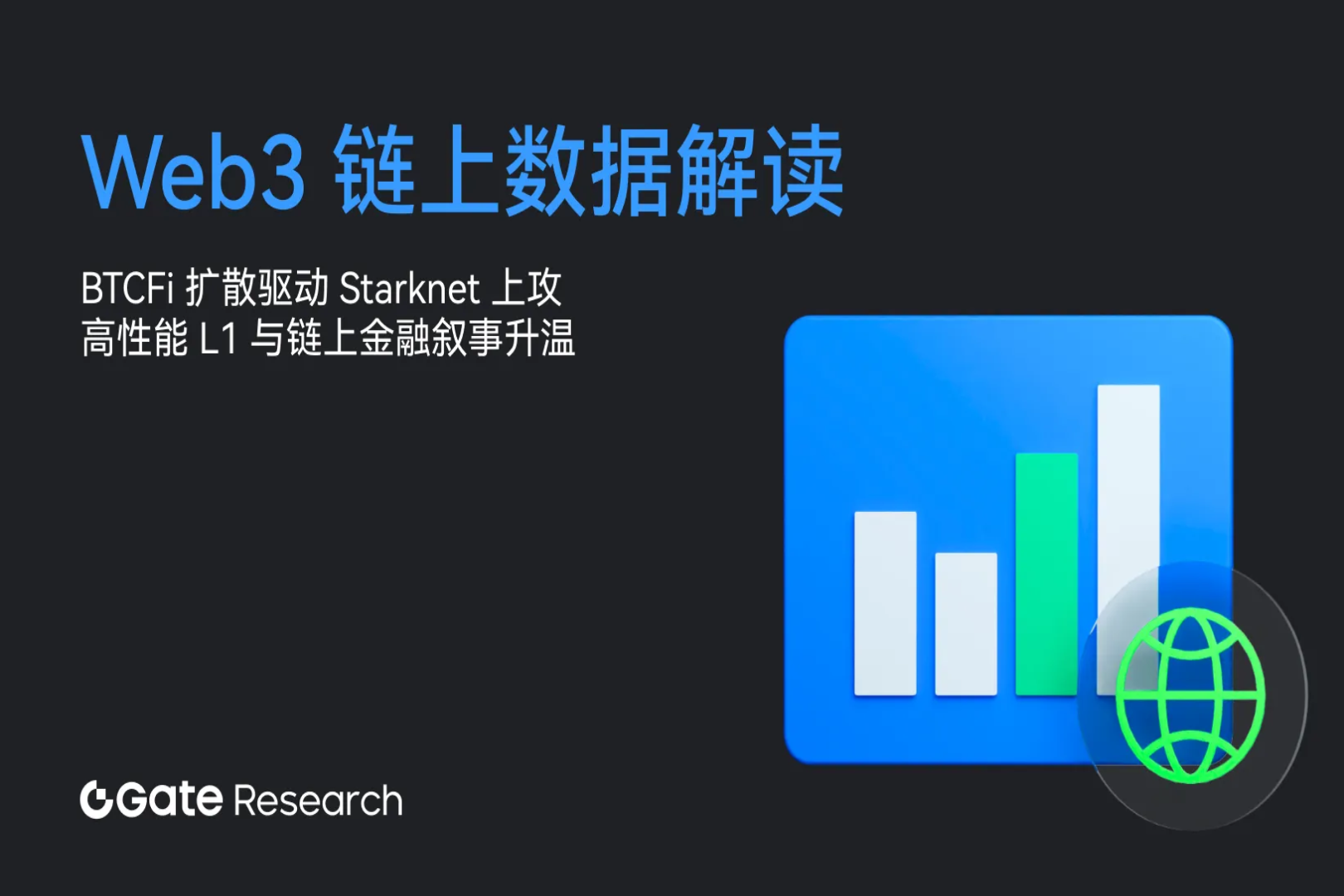Tracing the Decoupling of $XUSD: Balancer Vulnerability and the Butterfly Effect of DeFi Leverage
- 核心观点:Balancer漏洞引发DeFi信任危机。
- 关键要素:
- Balancer遭攻击后信息不透明。
- xUSD因恐慌抛售价格脱锚。
- 储备证明缺失加剧市场疑虑。
- 市场影响:暴露DeFi杠杆与透明度风险。
- 时效性标注:短期影响
Original title: The Butterfly Effect of the Balancer Theft: Why Did $XUSD De-peg?
Original author: Omer Goldberg
Original article translated by: Deep Tide TechFlow
Summarize
Hours after the vulnerability attack on the multi-chain platform @Balancer caused widespread uncertainty in the DeFi field, @berachain urgently executed a hard fork, and @SonicLabs froze the attacker's wallet.
Subsequently, the price of Stream Finance's xUSD stablecoin deviated significantly from its target range, exhibiting a clear de-pegging phenomenon.
Long-standing problems resurface
The long-standing controversy surrounding leverage, oracle construction, and the transparency of proof-of-reserves (PoR) has once again come into focus.
This is a typical example of a "reflexive stress event" that we outlined in our article "The Black Box/Vault of DeFi" last Friday.

What happened? /Background
The Balancer v2 vulnerability has been exposed on multiple chains, and for a considerable period of time, it remains unclear which liquidity pools are affected and which networks or integration protocols are directly exposed to the risk.

Capital panic in the information vacuum
In the information vacuum, capital reacts as always: depositors scramble to withdraw liquidity from anywhere they believe they may be directly or indirectly affected, including Stream Finance.

Controversy over lack of transparency
Stream Finance does not currently maintain a full transparency dashboard or proof of reserve; however, it provides a link to the Debank Bundle to display its on-chain positions.
However, these simple disclosures failed to clearly address the risk exposure issue after the vulnerability was exposed: the price of xUSD (Stream's overlay yield USD product) fell from the target price of $1.26 to $1.15, and has now rebounded to $1.20, while users reported that withdrawals were suspended.

Risks and Controversies of Stream Finance
Stream is an on-chain capital allocation platform that uses user funds to run high-return, high-risk investment strategies.
Its portfolio construction employs significant leverage, making the system more resilient under stress. However, the protocol has recently come under public scrutiny due to controversy surrounding its recursive loop/minting mechanism.
While the current situation does not directly indicate a liquidity crisis, it reveals the market's high sensitivity. When negative news emerges and confidence is questioned, the shift from "maybe it's okay" to "redeem immediately" is often very rapid.
xUSD is used as collateral and is distributed across Curated Markets on multiple chains, including Euler , Morpho , and Silo , which cover ecosystems such as Plasma , Arbitrum , and Plume .
The protocol itself has significant risk exposure in these markets, the largest of which was an $84 million USDT loan secured by xUSD on Plasma.

Collateral Mechanism and Risk Buffer
When the market price of xUSD falls below its book value, the related positions are not immediately liquidated. This is because many markets do not link the value of the collateral to the spot AMM (Automated Market Maker) price, but instead rely on hard-coded or “underlying value” price feeds that track the reported asset backing rather than the current secondary market price.
During calm periods, this design can mitigate tail risk liquidation caused by short-term volatility, especially in stable products. This is one of the reasons why DeFi protocols outperformed centralized platforms during the liquidation wave on October 10th.
However, this design could also quickly turn price discovery into trust discovery: choosing a base (or hard-coded) oracle requires thorough due diligence, including the authenticity, stability, and risk characteristics of the asset backing.
In short, this mechanism only applies if there is a comprehensive proof of reserve and redemption can be completed within a reasonable timeframe. Otherwise, the risk lies in the possibility that lenders or depositors may ultimately bear the consequences of bad debts.

Stress testing on Arbitrum
Taking Arbitrum as an example, the current market price on the MEV Capital Curated xUSD Morpho Market is below the LLTV (Minimum Lending-to-Value Ratio). If the xUSD peg price fails to recover, the market could deteriorate further with utilization reaching 100% and lending rates soaring to 88%.
We are not against basic oracles; on the contrary, they play a crucial role in preventing unfair liquidations caused by short-term volatility. Similarly, we are not against tokenized or even centralized yield-generating assets. However, we advocate for basic transparency and modern, systematic, and professional risk management when deploying money markets around these assets.
Curated markets can be engines of responsible growth, but they should not become a race to the top where safety and rationality are sacrificed in pursuit of high returns.
If the structure is complex and prone to a domino effect, then its collapse should not be surprising when the first gust of wind blows. As the industry becomes more specialized and some revenue-generating products become more structured (though potentially more obscure for end users), stakeholders must raise their standards.
While we hope to eventually resolve the issue properly for affected users, this incident should serve as a wake-up call for the entire industry.



